Grow Lights for Indoor Plants
Grow Lights for Indoor Plants: In recent years, the practice of indoor gardening has seen a surge in popularity, driven by a myriad of factors including urbanization, a desire for fresh produce year-round, and the increasing awareness of the benefits of green spaces. However, one of the biggest challenges faced by indoor gardeners is providing adequate light to their plants, especially in spaces where natural light is limited or inconsistent. This is where grow lights come into play.
Grow lights have revolutionized indoor gardening by providing artificial light that mimics the natural sunlight necessary for plant growth and development. In this comprehensive guide, we'll delve into the world of grow lights for indoor plants, exploring the different types available, their benefits and drawbacks, how to choose the right one for your specific needs, and best practices for their use.
Understanding the Basics:
Before delving into the specifics of grow lights, it's essential to understand the basics of how plants utilize light for photosynthesis. Photosynthesis is the process by which plants convert light energy into chemical energy, which is then used to fuel their growth and development. Light is comprised of various wavelengths, with different wavelengths affecting plant growth in different ways.
The visible spectrum of light ranges from blue to red, with blue light (400-500 nanometers) promoting vegetative growth and red light (600-700 nanometers) stimulating flowering and fruiting. Additionally, plants also require small amounts of other wavelengths such as green light, although they primarily reflect rather than absorb it.
Types of Grow Lights:
Fluorescent Grow Lights:
- Fluorescent lights are a popular choice among indoor gardeners due to their affordability and efficiency.
- Compact fluorescent lights (CFLs) and fluorescent tube lights (T5, T8, T12) are commonly used for indoor gardening.
- While they are energy-efficient and emit light across the full spectrum, fluorescent lights are less intense than some other options, making them better suited for low to medium-light plants.
High-Intensity Discharge (HID) Grow Lights:
- HID lights, including metal halide (MH) and high-pressure sodium (HPS) lights, are known for their high intensity and efficacy.
- Metal halide lights emit a bluish-white light, ideal for promoting vegetative growth, while high-pressure sodium lights produce a reddish-orange light, suitable for flowering and fruiting stages.
- HID lights require special fixtures and ballasts, and they produce significant heat, necessitating adequate ventilation and cooling systems.
Light-Emitting Diode (LED) Grow Lights:
- LED grow lights have gained popularity in recent years due to their energy efficiency, customizable spectrum, and longevity.
- LED lights allow growers to tailor the light spectrum to meet the specific needs of their plants, providing both blue and red wavelengths in optimal ratios.
- While LED lights typically have a higher upfront cost, their energy efficiency and long lifespan often result in cost savings over time.
Choosing the Right Grow Light:
When selecting a grow light for your indoor garden, several factors should be considered:
Plant Type: Different plants have varying light requirements, so it's essential to choose a grow light that matches the needs of your specific plants.
Light Intensity: Consider the light intensity requirements of your plants and choose a grow light with sufficient output for their growth stage.
Spectrum: Pay attention to the light spectrum emitted by the grow light and ensure it aligns with the needs of your plants, providing both blue and red wavelengths as necessary.
Energy Efficiency: Opt for energy-efficient grow lights to minimize electricity costs and environmental impact.
Space and Installation: Consider the size of your growing space and choose a grow light that fits within your setup and is easy to install.
Best Practices for Using Grow Lights:
To maximize the effectiveness of your grow lights and promote healthy plant growth, follow these best practices:
Positioning: Place grow lights at the appropriate distance from your plants to ensure adequate coverage without causing light burn or heat stress.
Duration: Mimic natural daylight cycles by providing plants with an appropriate duration of light exposure followed by periods of darkness to promote healthy growth and development.
Monitoring: Regularly monitor your plants for signs of stress or deficiencies, adjusting the distance, duration, and spectrum of your grow lights as needed.
Ventilation: Proper ventilation is essential when using grow lights, especially HID lights, to dissipate heat and maintain optimal growing conditions.
Maintenance: Clean your grow lights regularly to remove dust and debris that can interfere with light output and efficiency, and replace bulbs or fixtures as needed to ensure consistent performance.
Conclusion: Grow lights have revolutionized indoor gardening, providing a reliable source of artificial light to support plant growth and development in environments where natural light is limited or inconsistent. By understanding the different types of grow lights available, their benefits and drawbacks, and how to choose the right one for your specific needs, you can create an optimal growing environment for your indoor plants. With proper positioning, duration, and maintenance, grow lights can help you cultivate thriving gardens year-round, bringing the beauty and benefits of nature indoors.
Also Read -




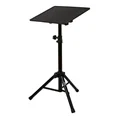
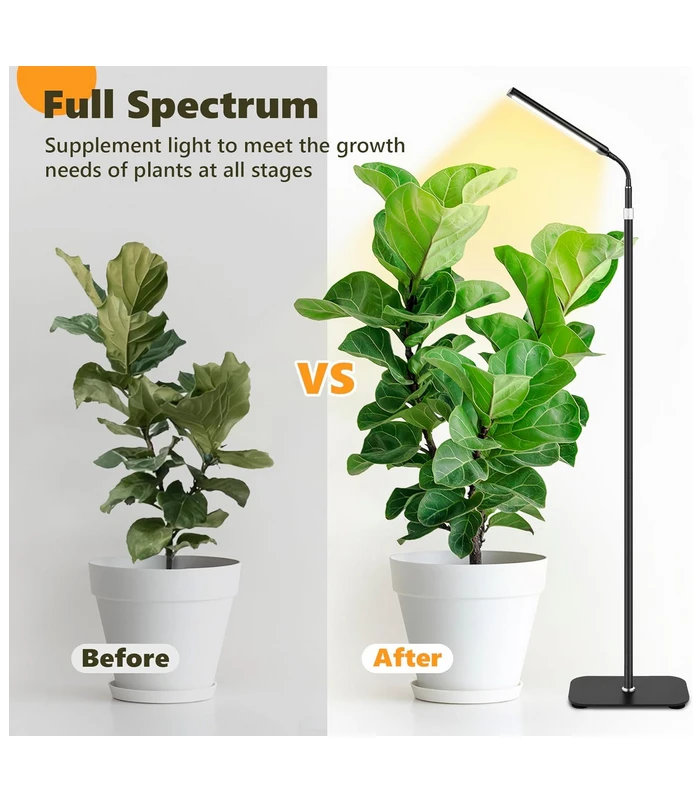
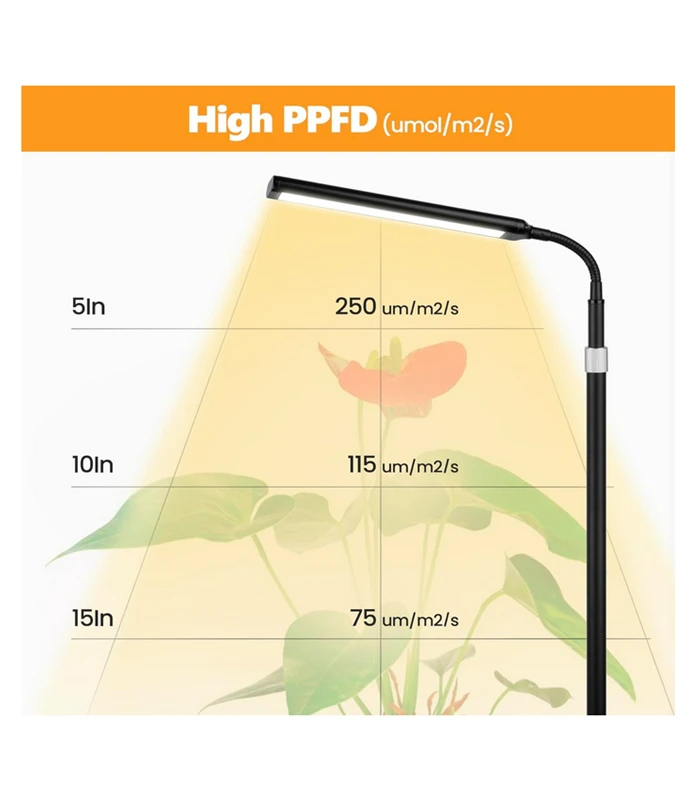


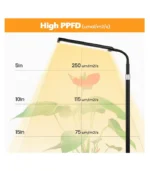

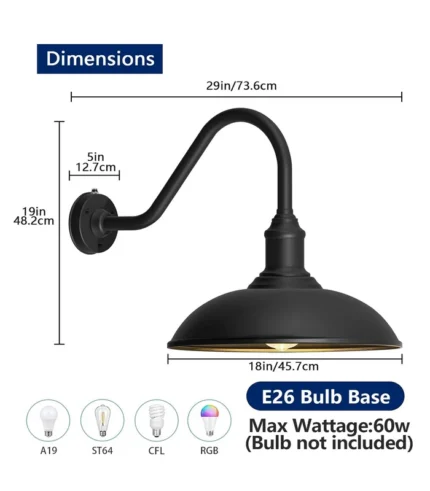
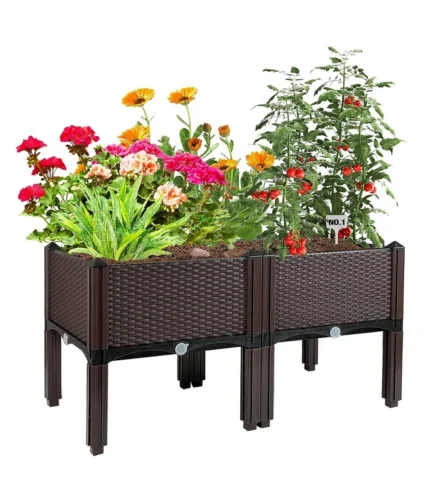




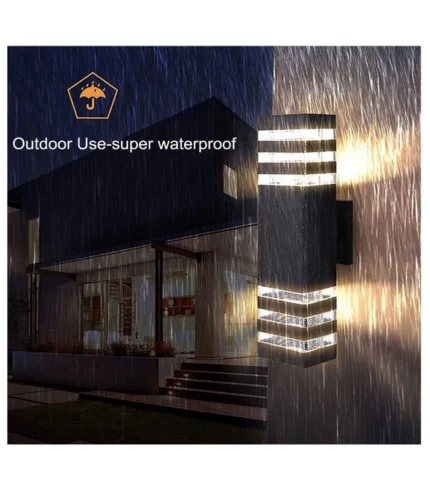
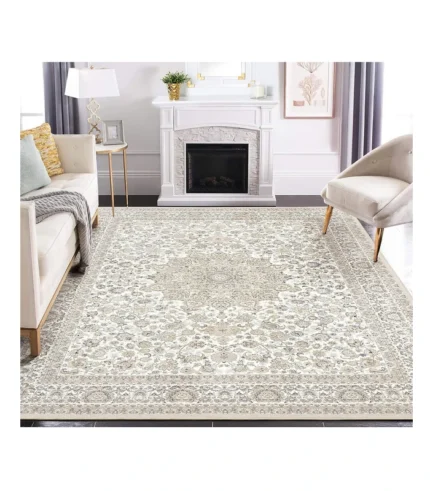

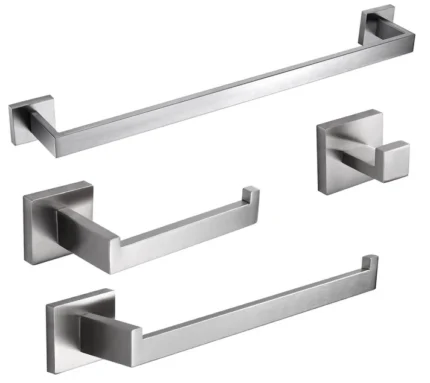




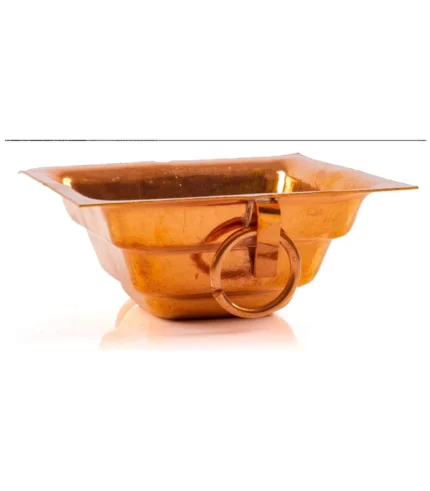

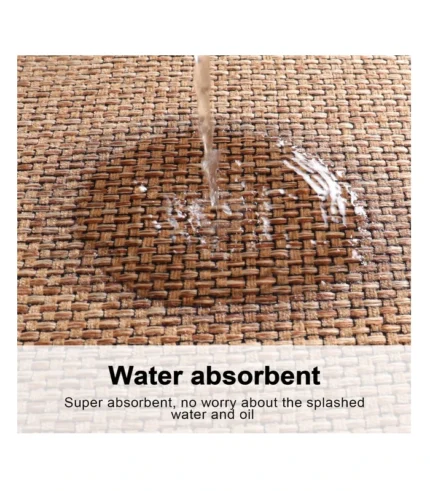
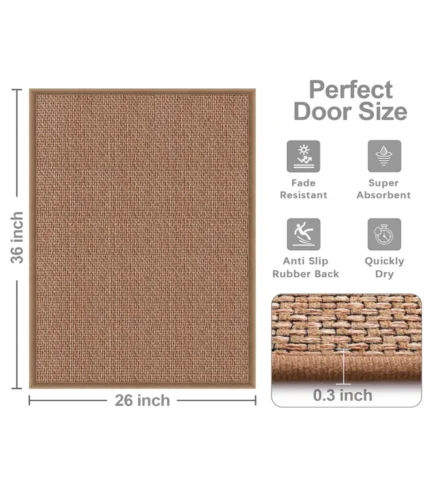




Reviews
There are no reviews yet.